Day of the Dead: Eight countries, eight unique traditions
From the world-famous Mexican holiday, to parades in Ireland, trick-or-treaters in the U.S. and thousands of people launching huge kites in Guatemala, the Day of the Dead is more alive than ever among those who want to honor their deceased loved ones
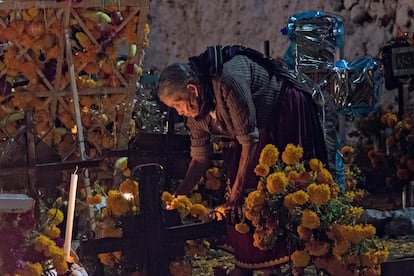
On November 1 and 2, in most parts of the world, skeletons leave their graves and take to the streets, take over bars, or sit at tables to eat with their living relatives. Parades of masks are held, huge kites are launched into the air, or crosses are bathed in rum. The Day of the Dead is a colorful cultural expression throughout the world of the living.
1. Mexico: Where everyone thinks of All Souls’ Day
Mexico, of course, occupies first place in the collective imagination on the days that commemorate those who are no longer with us. The cemetery on the island of Janitzio, in the beautiful town of Pátzcuaro in the state of Michoacán, attracts a good number of tourists and locals over these two days to witness the color and mysticism of its celebrations. The tombs are decorated with candles, cempasúchil flowers, the Tagete plant — its flowers are similar to daisies — and the favorite foods of the deceased relative. In addition, colorful parades are held across Mexico, the bread of the dead is eaten in the shape of different characters and in places like Aguascalientes, skulls take to the streets for the local festival and are consumed as candy.
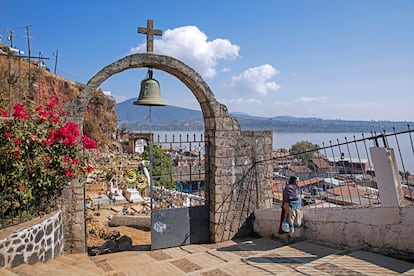
2. Ireland: Celebrations in the streets
The general belief is that the celebration of Samhain — a Gaelic holiday of Celtic tradition celebrated on November 1, marking the end of the harvest season in Ireland — is most probably the origin of Halloween in the United States and the modern global holiday. Today, masks hide the faces of those who celebrate the festival around bonfires where local gastronomy — the main protagonist is the sweet Barmbrack-leavened bread with raisins and sultanas — is to the fore.
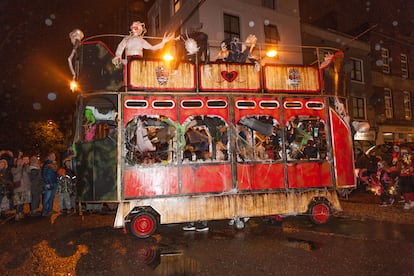
3. United States: Streets full of children trick-or-treating
Halloween, the trick-or-treat holiday, has ceased to be a purely American affair and has been exported practically all over the world. In the United States it is celebrated on October 31, in line with the original Irish tradition that states on this night, the dead walk with the living. Images of children dressed as witches and other supernatural beings knocking on their neighbors’ doors and illuminated pumpkins can now be seen in almost every country in the world.

4. Haiti: Voodoo rituals
In Haiti, where the voodoo rites that arrived with the African slaves flourished earlier than anywhere else on the American continent, on November 1 and 2 revelers wrapped in red and black clothes and wearing purple scarves dance in the streets to the rhythm of the drums during the Guédé, or Festival of the Dead. The processions visit the cemeteries — the most tumultuous is in Port-au-Prince — where the Mambo priestesses bathe wooden crosses in rum and set them on fire, while the living place flowers, food, or coffee on the graves of their relatives.
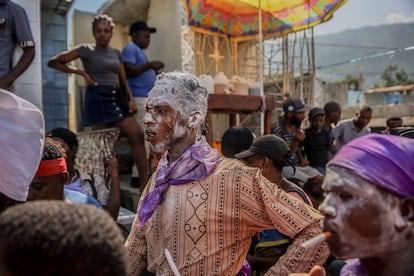
5. Philippines: Drinks and flowers in the cemeteries
The Philippines, a country with a strong Catholic tradition, celebrates the Day of the Dead or Undas — a Tagalog word that comes from the Spanish word honrar (to honor or respect) — with banquets and lots of drinks in the cemeteries, where there is no lack of card games and, the archipelago’s national pastime, karaoke among the bonfires. These two holiday days witness a vast pilgrimage of millions of Filipinos from their homes to the cemeteries in their cities of origin.
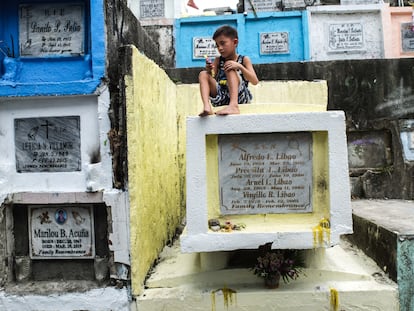
6. Ecuador: Cemeteries and ‘colada morada’
In Ecuador, for example in the beautiful colonial Cuenca or in the capital Quito, relatives take the favorite dishes of their deceased loved ones to the cemeteries along with colada morada, a drink made from an extract of black corn with red fruits. In addition, everyone brings a special type of bread: guaguas, babies in the Quechua language, which are eaten next to the tombstones.
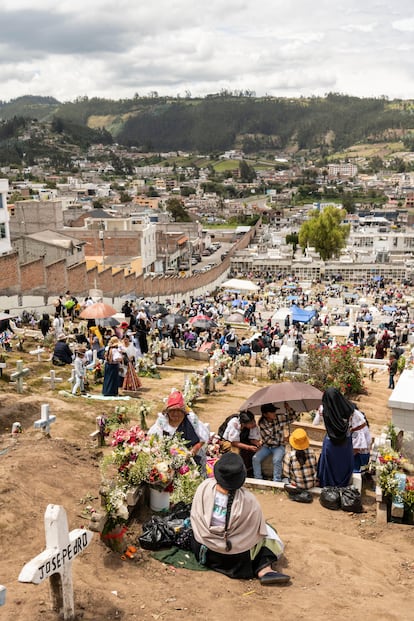
7. Guatemala: Thousands of kites in the sky
In Guatemala, the most extravagant ritual takes place at the Giant Kite Festival. This tradition originated in the town of Santiago Sacatepéquez — where today it forms a wonderful spectacle — and consists of launching huge kites of different colors and designs into the air over the hill near the cemeteries, after visiting and praying at the graves of the deceased. The children are put in charge of holding the kites until they are released into the wind.
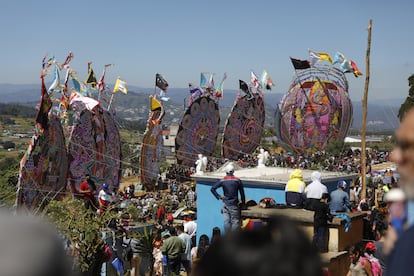
8. Romania: Graves decorated with flowers
Romania does not celebrate All Souls’ Day across the whole country at the beginning of November, but it does so in the region most famously associated with the living dead: the mountainous Transylvania, cradle par excellence of vampire legends. In the beautiful cemeteries of towns like Sighişoara and Bistriţa the graves are adorned with flowers. But something that sets the rite apart from other countries is that candles are often lit in memory of the unknown dead as well. In addition, people gather at the graves of relatives to listen to their stories, a way to prevent them from falling into oblivion, and sweets and food are distributed to any visitors who come to the cemetery.
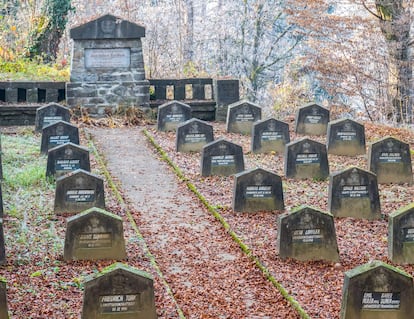
Sign up for our weekly newsletter to get more English-language news coverage from EL PAÍS USA Edition
Tu suscripción se está usando en otro dispositivo
¿Quieres añadir otro usuario a tu suscripción?
Si continúas leyendo en este dispositivo, no se podrá leer en el otro.
FlechaTu suscripción se está usando en otro dispositivo y solo puedes acceder a EL PAÍS desde un dispositivo a la vez.
Si quieres compartir tu cuenta, cambia tu suscripción a la modalidad Premium, así podrás añadir otro usuario. Cada uno accederá con su propia cuenta de email, lo que os permitirá personalizar vuestra experiencia en EL PAÍS.
¿Tienes una suscripción de empresa? Accede aquí para contratar más cuentas.
En el caso de no saber quién está usando tu cuenta, te recomendamos cambiar tu contraseña aquí.
Si decides continuar compartiendo tu cuenta, este mensaje se mostrará en tu dispositivo y en el de la otra persona que está usando tu cuenta de forma indefinida, afectando a tu experiencia de lectura. Puedes consultar aquí los términos y condiciones de la suscripción digital.
More information
Archived In
Últimas noticias
Most viewed
- Reinhard Genzel, Nobel laureate in physics: ‘One-minute videos will never give you the truth’
- Oona Chaplin: ‘I told James Cameron that I was living in a treehouse and starting a permaculture project with a friend’
- Pablo Escobar’s hippos: A serious environmental problem, 40 years on
- Why we lost the habit of sleeping in two segments and how that changed our sense of time
- The fall of a prolific science journal exposes the billion-dollar profits of scientific publishing










































